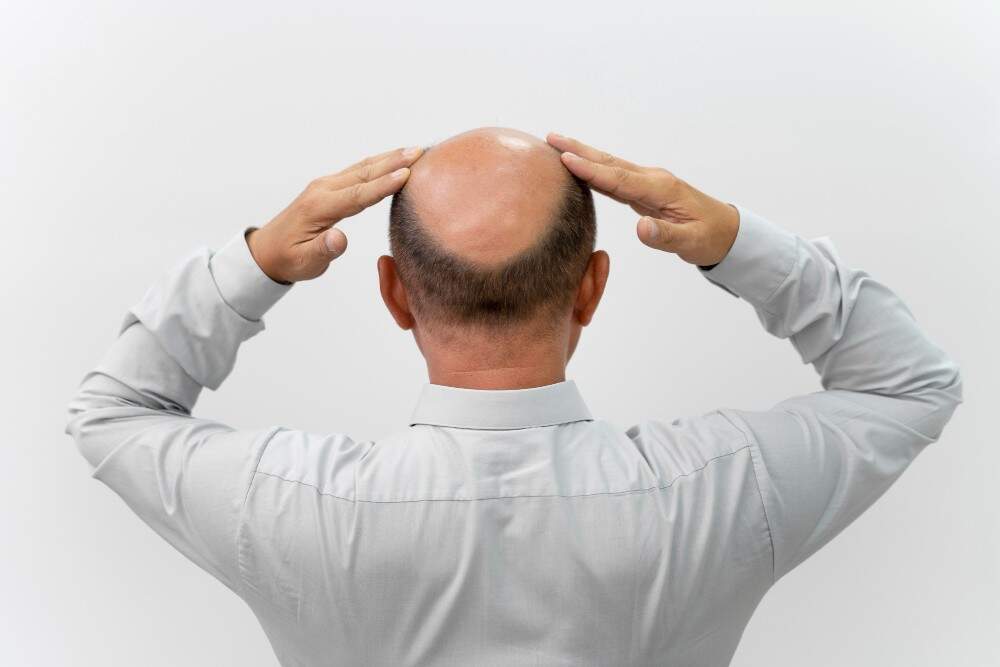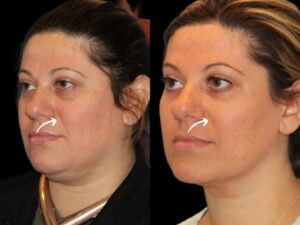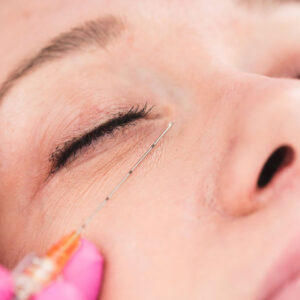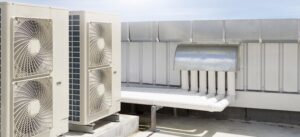
Hair loss can impact both the crown (back part of the scalp) and the frontal region (hairline and temples), creating noticeable thinning or bald spots. Many people wonder if a hair transplant can treat both areas at once. With Hair Transplant in Dubai, advanced techniques now allow surgeons to restore natural density in both crown and frontal regions effectively, giving patients a youthful and balanced look.
Understanding Hair Loss in Different Scalp Regions
Hair loss does not occur the same way for everyone. Some experience thinning in the frontal hairline, while others notice a balding crown. A few individuals face both simultaneously.
Frontal Hair Loss
-
Often the first sign of male or female pattern baldness.
-
Impacts appearance immediately since it frames the face.
-
Restoring a natural hairline boosts confidence significantly.
Crown Balding
-
More common in men, though women may also experience it.
-
The crown is prone to thinning and complete bald patches.
-
Requires careful graft placement for a natural spiral growth pattern.
Can a Hair Transplant Treat Both Crown and Frontal?
The short answer is yes. Modern hair transplantation techniques like FUE (Follicular Unit Extraction) and FUT (Follicular Unit Transplantation) allow surgeons to restore density in both the crown and frontal hairline. However, proper planning is essential because both regions require specific graft distribution strategies.
Key Considerations:
-
Donor Hair Supply: Surgeons evaluate the strength and density of donor hair from the back of the scalp.
-
Priority Areas: Often, the hairline is prioritized, followed by the crown.
-
Graft Distribution: Surgeons allocate grafts strategically to achieve natural density without overusing donor reserves.
Comparison: Frontal vs. Crown Hair Transplant Needs
| Aspect | Frontal Region | Crown Region |
|---|---|---|
| Visibility | Highly visible, frames the face | Less visible, mostly seen from above |
| Complexity | Straightforward, requires natural hairline design | Complex due to circular growth patterns |
| Psychological Impact | Immediate improvement in appearance | Boosts overall density and fullness |
| Graft Requirement | Moderate (depends on hairline design) | Often requires more grafts for proper coverage |
The Process of Addressing Both Areas
When treating both crown and frontal regions, a step-by-step customized approach is taken:
-
Consultation & Assessment
-
Scalp analysis using digital imaging.
-
Assessment of donor area strength.
-
Discussion of patient goals.
-
-
Designing the Hairline
-
Natural-looking, age-appropriate hairline planned.
-
Balance between density and donor availability ensured.
-
-
Graft Harvesting
-
FUE technique often preferred due to minimal scarring.
-
Individual follicles extracted with precision.
-
-
Implantation in Frontal Region
-
Micro-angled placement for natural flow.
-
Priority given to facial framing.
-
-
Implantation in Crown
-
Spiral pattern followed to mimic natural growth.
-
Density adjusted for balanced results.
-
Why Both Regions Can Be Transplanted Together?
Treating both crown and frontal regions in one session is possible when donor hair supply is sufficient. Patients with extensive hair loss may require staged sessions.
Benefits of Combined Treatment:
-
Uniform improvement across scalp.
-
Balanced, youthful appearance.
-
Faster overall transformation.
-
Less waiting time between procedures.
Role of Experienced Surgeons
The success of treating both crown and frontal areas depends on the competency and specialization of the doctors. Surgeons must:
-
Design natural hairlines that complement facial features.
-
Distribute grafts strategically to maximize results.
-
Replicate natural growth patterns in the crown.
-
Use advanced tools for minimal downtime and optimal healing.
The Importance of a Personalized Treatment Plan
Every patient’s hair loss pattern is unique. Surgeons at Dynamic Life Clinics evaluate not just the current hair loss but also the potential for future thinning, ensuring sustainable results.A personalized approach ensures:
-
Optimal use of donor hair.
-
Balanced coverage between crown and frontal.
-
A result that looks natural and age-appropriate.
FAQ’s:
1. Can both the crown and frontal areas be treated in a single session?
Yes, if the donor hair supply is adequate, both regions can be addressed in one procedure.
2. Which area is usually prioritized, crown or frontal?
The frontal hairline is often prioritized first because it directly affects facial aesthetics.
3. How many grafts are needed for crown and frontal regions?
This depends on the extent of hair loss. Typically, the crown requires more grafts due to its larger surface area.
4. Does treating both areas give natural results?
Absolutely. With proper graft placement and growth direction, results look natural and blend seamlessly.
5. How long before I see results after transplanting both regions?
New growth usually starts at 3–4 months, with full results visible within 12–15 months.
6. Can women also benefit from crown and frontal transplants?
Yes, women with thinning in both regions can benefit, though approaches may differ slightly.
Conclusion
So, does a hair transplant address both crown and frontal? The answer is a resounding yes—when performed by skilled specialists who carefully plan graft distribution and follow natural growth patterns. Whether you struggle with a receding hairline, a balding crown, or both, advanced techniques ensure long-lasting, natural-looking results. With the expertise of doctors at Dynamic Life Clinic, patients can achieve balanced density across the scalp, restoring not just hair but also confidence and self-image.



